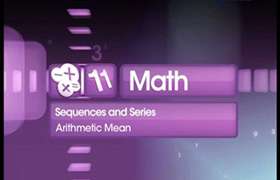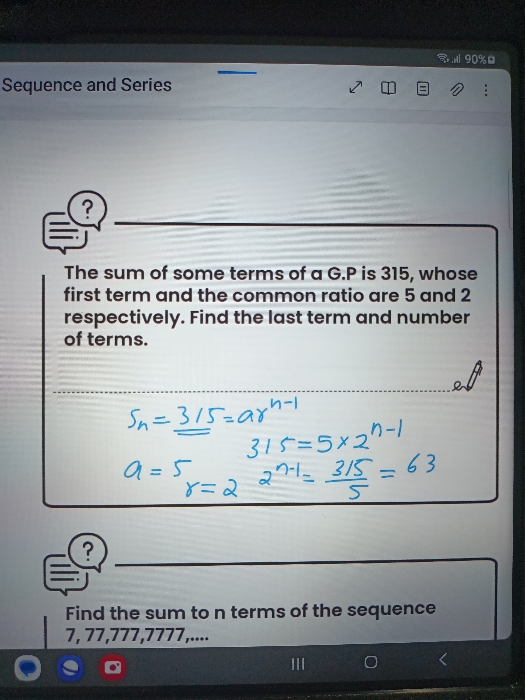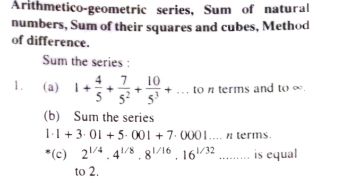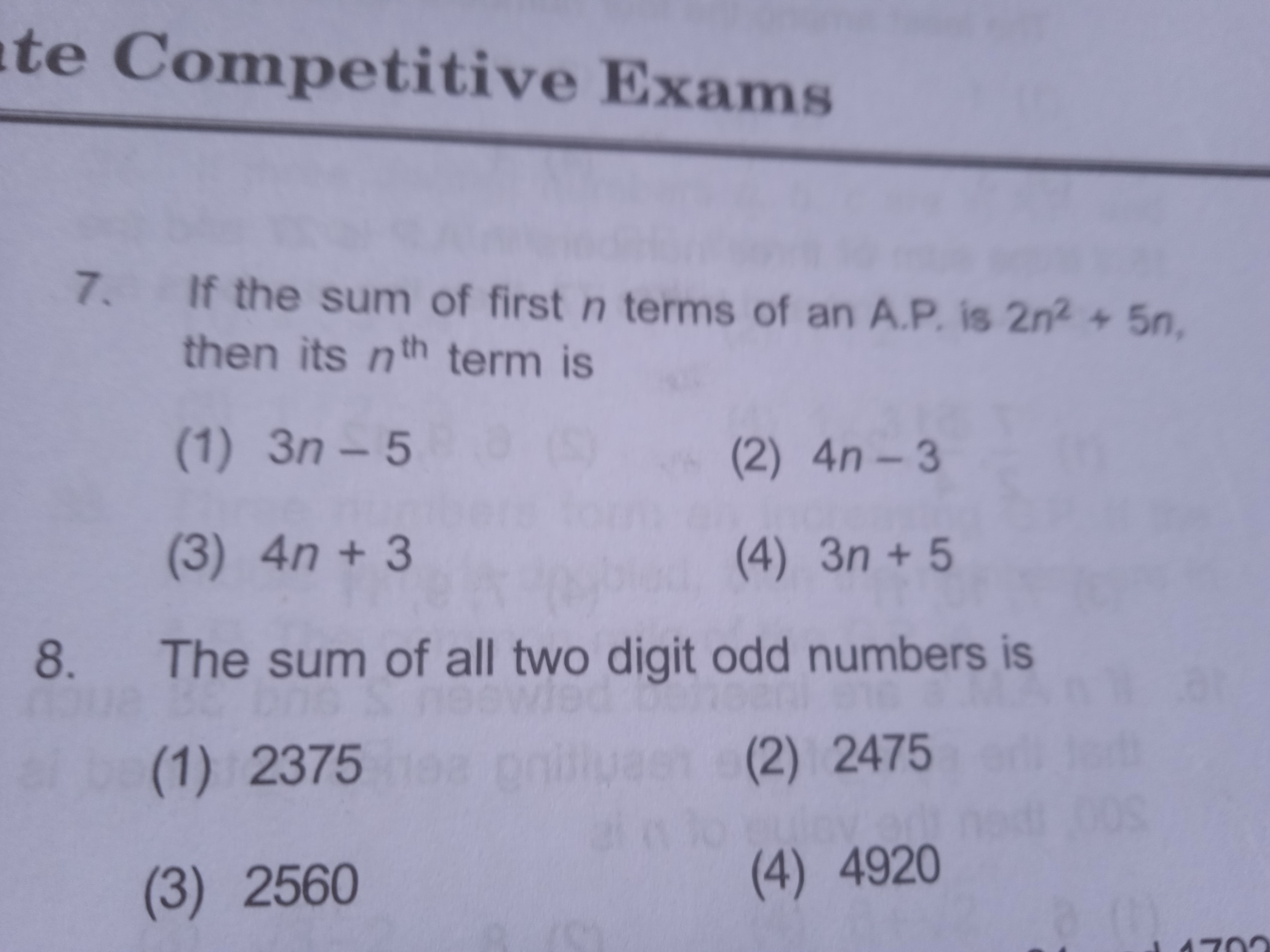CBSE Class 11-science Answered
if pth term of an ap is q and the q th term is p show that r th term is p+q-r
Asked by surain bhandari | 09 Aug, 2010, 07:17: PM
Dear Student,
Let the first term of the AP be A and common difference be D.
Now, from the given conditions,
A + (p-1)D = q and A + (q-1)D = p
Subtracting the two equations, we get
pD - D - qD + D = -(p - q)
=> (p - q)D = -(p - q)
=> D = -1
putting D = -1 in the first equation, we get
A = q + (p - 1) = p + q - 1
Therefore, the rth term of the AP is
A + (r - 1)D = p + q - 1 - r + 1 = p + q - 1
Hence, proved.
Regards Topperlearning.
Answered by | 09 Aug, 2010, 09:04: PM
Application Videos
Concept Videos
CBSE 11-science - Maths
Asked by cubesneha.2005 | 07 Feb, 2024, 12:55: AM
CBSE 11-science - Maths
Asked by hridayjayaram085 | 31 Jan, 2024, 10:53: PM
CBSE 11-science - Maths
Asked by prashantbharati75 | 29 Sep, 2023, 09:30: AM
CBSE 11-science - Maths
Asked by Bhaveshkr211 | 30 Jul, 2023, 05:20: PM
CBSE 11-science - Maths
Asked by sakshirana374 | 24 Jul, 2022, 05:39: PM
CBSE 11-science - Maths
Asked by sanjuktamukherjee165 | 24 Oct, 2021, 11:04: AM
CBSE 11-science - Maths
Asked by rahulksinha200 | 16 Oct, 2021, 02:08: PM
CBSE 11-science - Maths
Asked by Vibhorjarora798 | 21 Aug, 2021, 05:43: PM
CBSE 11-science - Maths
Asked by shivangkarol | 16 Jun, 2021, 01:18: PM











